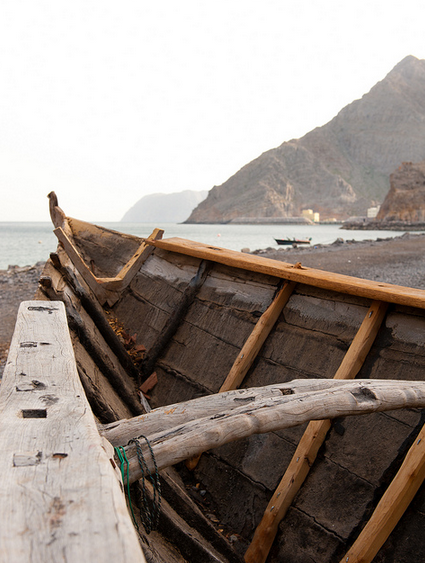2015 Travel Bulletin Star Awards is now live!
Are you voting in this year's Travel Bulletin Star Awards for your favourite trade suppliers? Will Oman Ministry of Tourism be recognised once again as the Dream Destination Middle East Tourist Office thanks to Travel Agent votes?
Last Year the Oman Ministry of Tourism received their first Travel Bulletin Star Award for the Star Middle East Tourist Board 2014 and we would love to lift the trophy once again this year.
The Travel Bulletin Awards are the only one of its kind in the UK, as candidates are purely voted for by travel agents. It is considered the UK travel trade's most prestigious awards programme rewarding every sector of the tourism industry. No pre-selected short lists, no judging panels, just simple democracy channelled through the people that are most trusted to sell destinations. From 24th April to 5th June 2015 every travel agent across the UK is presented with an opportunity to vote for their favourite supplier in their respective categories.
Are you a Travel Agent? Is Oman your Middle East Dream Destination Tourist Office?
*Terms and conditions:
- To enter, Travel Agents must comment in the post saying why Oman is their Star Dream Destination Middle East Tourist Office, tag three Travel Agents friends on the post and vote at the Travel Bulletin Star Awards.
- The winners must provide us with the name of the company they work for and their email address in a private message or email.
- One prize per Travel Agent.
- Only for Travel Agents in the UK and Ireland.
- Winners must send us their confirmation email received after voting from Travel Bulletin.
- Contest starts 13/05/15 and finishes 05/06/15 at 12:00pm.
The Sultanate of Oman attracts visitors with its variety of accommodation. The wealth of experiences on offer varies from the opulent to the adventurous, glorious golden sands and water sports. Watching whales, dolphins, birds, climbing, sailing, caving, camping…the variety of attractions and activities are endless.
Wherever you choose to stay in Oman you are assured that all senses will be sated. The holiday of a lifetime awaits.












.jpg)









.png)

.jpg)








.png)





.png)
.png)






